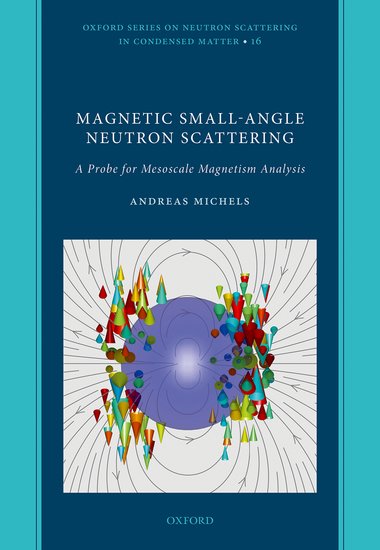BACK TO RESEARCH WITH IMPACT: FNR HIGHLIGHTS
BACK TO RESEARCH WITH IMPACT: FNR HIGHLIGHTS
In many sciences, it is of fundamental importance to understand the internal structures of materials in detail and often to literally “shine through” them. For example, in chemistry and biology to understand crystal structures of proteins and thus their functions. Or in materials science, to understand – just one example of many – what makes magnets particularly powerful. Physicist Andreas Michels continues to develop methods that make it possible to understand material structures much better.
Insight into internal spin structures
Physicist Andreas Michels knows how to achieve this view into the interior of matter: He is an expert in the so-called neutron scattering technique; a method that allows magnetic structures to be studied that lie on a particularly interesting length scale: In the range of about 1 nanometer – which roughly corresponds to the diameter of a DNA molecule – to a few 100 or even 1000 nanometers – which corresponds to a thousandth or a hundredth of a diameter of a human hair, respectively. A size range called the mesoscopic length scale, which is extremely important, as Michels points out:
“On this length scale many of the properties are determined that can be measured macroscopically, for example in a permanent magnet. Its properties depend on what happens on the mesoscale. How large are the crystallites, i.e. the grain-like components in materials, which are between 10nm and 10µm in size? Are they statistically distributed or arranged in a certain way? Such aspects essentially determine the properties of the magnet and can be studied with the neutron scattering technique.”
This is very important to understand because: If researchers know the relationships between the structure and properties of a magnet, they can optimise its performance.
A precise description of the methods
However, for the measurements and the descriptions of the materials to be reliable and predictive, a very precise understanding of the magnetic neutron scattering technique is needed, which is extremely complex. Andreas Michels has been working on the subject since his doctoral thesis, for 24 years, and only recently published a book of almost 400 pages that summarises the current state of knowledge.

“I noticed early on that there was something wrong with the theoretical description of this technique and that some things were simply fundamentally flawed. That motivated me to invest decades into this research,” the researcher says. He received an FNR ATTRACT Fellowship from the FNR in 2010, which enabled him to establish his own research group at the University of Luxembourg.
From theory to application
Andreas Michels does not see himself as a materials scientist who would take the approach: How do we have to make the material so that this or that property comes out? For him, the materials he works with are the means to an end in order to understand his methodology even better.
Nevertheless, the methodology is used in a variety of applications that are becoming increasingly important: For example, the strong and expensive neodymium-iron-boron magnets must be well understood before they are used in electric cars or in wind turbines. In addition, optimising his methodology also helps to better understand new classes of magnets that are used between these expensive magnets and the more inexpensive ferrite “fridge” magnets. Manganese-bismuth magnets, for example, have the potential to bridge this gap.
Feature originally published in German on science.lu
More FNR highlights in materials, physics & engineering

RELATED FUNDING